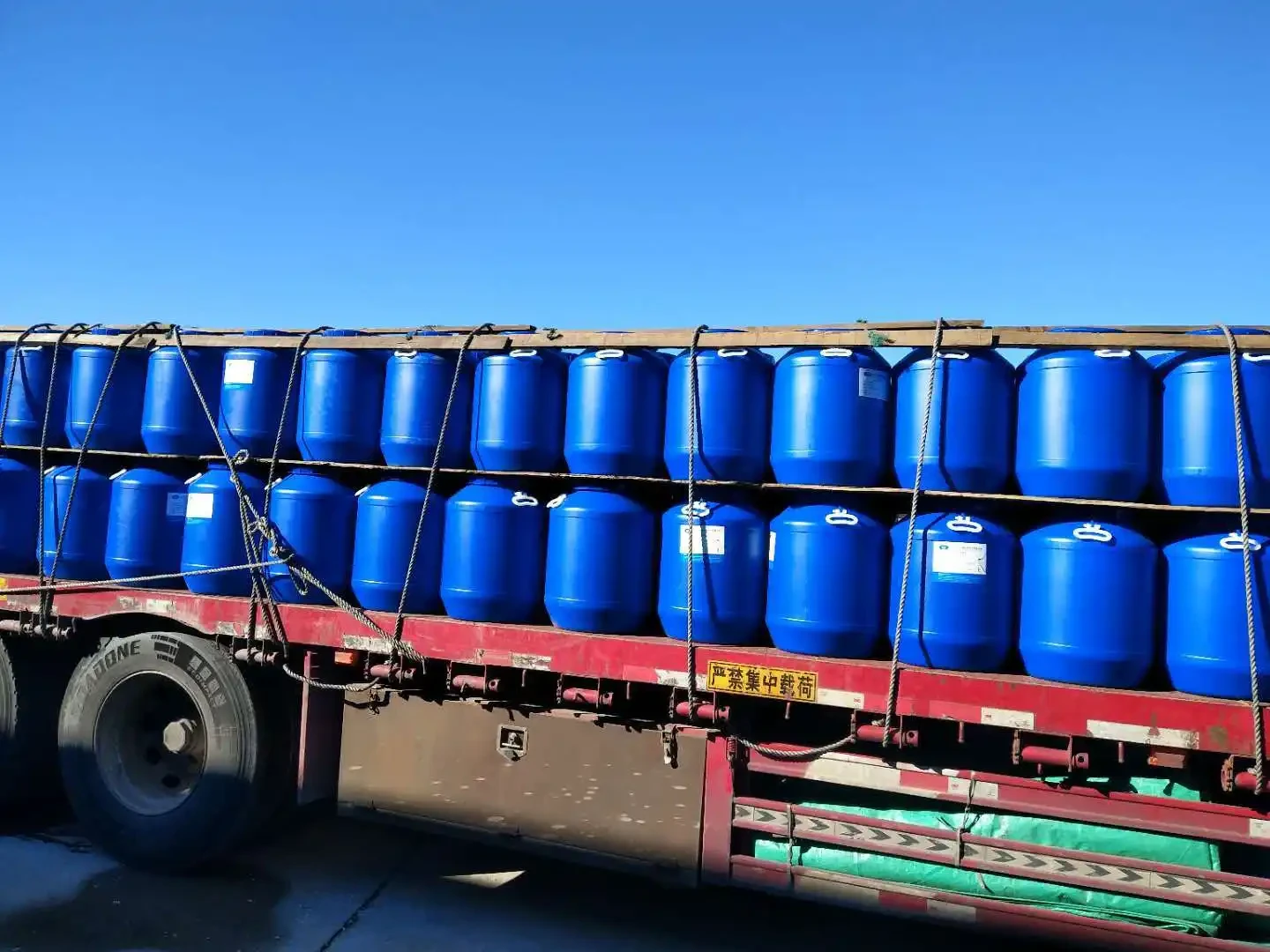Additives Used in Plastics Enhancing Performance and Functionality
Plastics have become an integral part of our daily lives, from packaging materials and household goods to automotive components and medical devices. The versatility of plastics is largely due to the wide range of additives that can be incorporated into the base polymer to enhance its properties and performance. These additives play a crucial role in determining the functionality, aesthetics, and durability of plastic products. This article explores the various types of additives used in plastics, their functions, and their implications for the industry.
Types of Additives
1. Stabilizers Stabilizers are essential for enhancing the durability of plastic materials. They help to protect plastics from degradation caused by exposure to ultraviolet (UV) light, heat, and oxygen. Common stabilizers include UV stabilizers, which absorb harmful UV radiation and prevent fading and brittleness, and heat stabilizers, which mitigate thermal degradation during processing and use.
2. Plasticizers Plasticizers are added to increase the flexibility and workability of plastics, particularly polyvinyl chloride (PVC). By lowering the glass transition temperature, plasticizers allow the material to bend and stretch without breaking. Commonly used plasticizers include phthalates, non-phthalates, and adipates. However, concerns regarding the safety of some plasticizers have led to increased research into safer alternatives.
3. Fillers Fillers are materials added to plastics to lower production costs, enhance strength, and improve specific properties. Examples include calcium carbonate, talc, and glass fibers. Fillers can also improve the dimensional stability and reduce the thermal expansion of plastics. The choice of filler not only affects the mechanical properties of the final product but also its appearance and weight.
4. Flame Retardants Flame retardants are critical additives used to reduce the flammability of plastic products. They work by either slowing down the ignition process, inhibiting the spread of fire, or releasing non-combustible gases when exposed to heat. Common flame retardants include brominated compounds, phosphates, and mineral-based fire retardants. Regulatory scrutiny around some flame retardants, particularly brominated compounds, has led to the development of safer, more environmentally friendly alternatives.
5. Colorants Colorants, such as dyes and pigments, are used to impart color to plastics, enhancing their aesthetic appeal. Colorants also serve functional purposes, such as providing UV protection or helping in product identification. The selection of colorants must consider factors such as compatibility with the base polymer, lightfastness, and stability during processing.
additives used in plastics

6. Antioxidants Antioxidants are additives that prevent the oxidation of plastics, which can lead to degradation and loss of properties over time. They are particularly important in applications where long service life and stability are required, such as automotive components and consumer goods.
7. Processing Aids These additives improve the ease of processing plastics during manufacturing. They can reduce viscosity, enhance flow characteristics, and prevent defects like melt fracture. Various processing aids, such as silicone-based additives and waxes, are commonly used in the industry.
Environmental Considerations
The use of additives in plastics raises important environmental concerns. Many traditional additives, such as certain plasticizers and flame retardants, have been linked to health risks and environmental pollution. As a result, there is a growing demand for sustainable alternatives and rigorous regulatory frameworks to ensure the safety of plastic products.
The industry is witnessing a shift towards bioplastics and bio-based additives that are derived from renewable sources. Innovations in biodegradable and compostable plastics also aim to mitigate the environmental impact of plastic waste.
Conclusion
Additives play a critical role in the development and application of plastic materials, enhancing their properties and expanding their functionalities. As the industry evolves, there is a pressing need for sustainable practices and safer alternatives to conventional additives. Balancing performance with environmental responsibility will be key in shaping the future of plastics and ensuring their continued relevance in a rapidly changing world. The ongoing research and development in this field promise exciting advancements, opening the doors to new applications and improved environmental outcomes.

